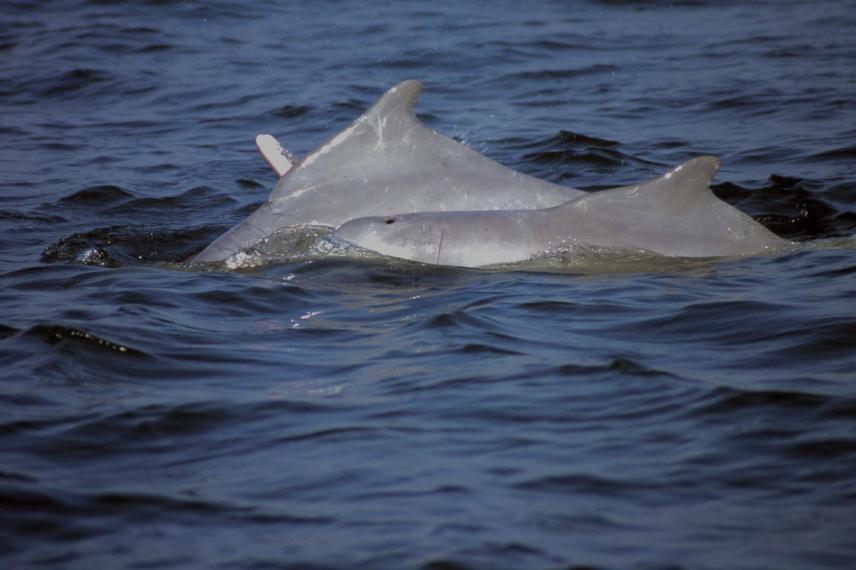Ketki Chintaman Jog
In this study we will determine the species of small cetaceans occurring along Maharashtra's coast, their habitat requirements and the threats they encounter; and understand the locals' attitude towards these animals.

Maharashtra lies along the west coast of India, by the Arabian Sea. Seven species of marine small cetaceans have been reported here. These waters also support extensive artisanal and commercial fishery. Moreover, several important ports in the vicinity lead to heavy boat traffic. This situation results in hundreds of cetaceans dying annually due to entanglement in fishing gear, propeller injuries and boat collisions. With few previous studies on small cetaceans in this area, the resulting paucity of data and absence of a monitoring and management plan have led to inadequate efforts being employed in conserving them or their habitats.
In this project my team (Mihir Sule and Vardhan Patankar) and I will conduct boat-surveys to identify small cetacean species occurring in the coastal waters of Maharashtra, map their distribution and record the direct threats posed to them. We will also conduct interviews with local fishers to understand their attitude towards small cetaceans. Data obtained from this survey will facilitate evaluation of threats posed to these mammals by taking into consideration different species and their habitat. This will be important in planning strategies to mitigate accidental mortality and prioritizing conservation efforts towards more vulnerable species in coastal waters. Through the interviews we will also generate data on sightings, strandings, and reports of bycatch. We will determine if competition for catch and damage caused to fishing gear by these mammals leads to a conflict situation. This understanding will help in designing effective awareness programs and in developing a community based monitoring network in the future. This project will lay the foundation for finer-scale studies in the future and for evolving conservation measures with the involvement of stakeholders- the administrative authorities and the local community.